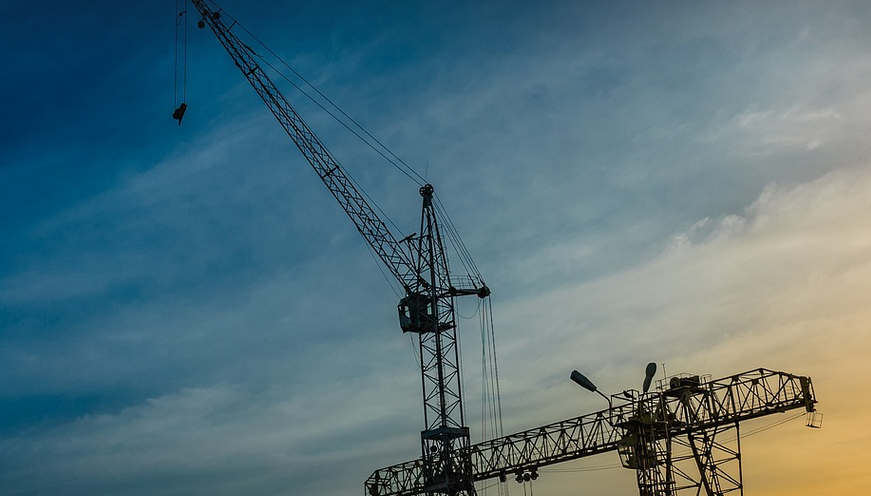Understanding the Basics
Welding galvanized steel, also known as galvanized sheet metal or steel, is a common practice across various industries. It’s used in everything from construction projects to automotive manufacturing. However, welding galvanized steel presents unique challenges compared to welding plain steel due to the presence of zinc coating. This blog aims to delve into the world of MIG welding galvanized steel, exploring its intricacies and providing you with the know-how to tackle this task successfully.
Firstly, let’s address the elephant in the room: why is welding galvanized steel a bit trickier than welding plain steel? The zinc coating on galvanized steel acts as an insulator, significantly impacting weld penetration and the quality of the final weld. Because it prevents direct contact between the base metal and the electrode, proper techniques are essential to ensure the integrity of the joint.
Key Considerations for Welding Galvanized Steel
1. **Understanding Zinc Coating**: The zinc layer on galvanized steel acts as a sacrificial anode, forming a protective barrier against corrosion. This protection can also lead to challenges during welding due to the increased resistance to current flow. The initial layer of zinc creates a rough surface that can hinder proper weld penetration.
2. **Pre-Weld Prep**: Before you even fire up the MIG welder, preparation is key for success. You’ll want to clean the welding area thoroughly, removing any loose rust or debris. This not only ensures better weld quality but also reduces the risk of contamination and unwanted spatter.
3. **Choosing Your Electrode**: Selecting the right electrode is crucial in this process. When welding galvanized steel, you should opt for electrodes specifically designed for this purpose. These electrodes offer a higher melting point than conventional electrodes, allowing them to effectively penetrate the zinc coating and ensure a smooth weld bead.
4. **Welding Voltage**: The voltage setting is another important factor in MIG welding galvanized steel. It’s generally recommended to use a slightly lower welding voltage compared to other metals. This helps minimize the chance of burning through the zinc coating and ensures consistent penetration.
5. **Wire Speed Control**: The wire speed you choose during MIG welding is directly linked to how much heat is generated by the weld pool. Too high a wire speed can lead to excessive heat, potentially melting or even damaging the zinc layer. Experiment with different wire speeds to find the optimal setting for your application.
Tack Welding and The Importance of a Clean Weld Joint
Tack welding is an essential technique when working with galvanized steel. It involves using small welds at specific points on the joint to hold it together until the final weld is made. This helps in creating a strong, stable joint that can withstand pressure and movement.
Tack welding also allows for precise positioning of the metal pieces being welded before applying the full-fledged weld. It helps with alignment and reduces the risk of warping or misalignment during the process.
Post-Weld Care: Avoiding Corrosion and Maintaining Structure
After you’ve successfully welded the joint, it’s crucial to minimize corrosion. This is especially important when working with galvanized steel, which is known for its resistance to rust. Always use proper protective measures, such as applying a sealant or paint after welding.
Safety First: A Guide to Safe Welding Practices
Welding any metal can be dangerous if not approached properly. Therefore, prioritize your safety and always use appropriate personal protective equipment (PPE) including gloves, eye protection, and welding masks. Ensure proper ventilation in the work area to prevent fume inhalation.
It’s also crucial to understand the welding safety protocols when dealing with galvanized steel. For instance, some techniques might involve preheating the metal before welding to improve weld penetration. However, ensure you check the manufacturer’s recommendations for specific applications and materials.
Wrapping Up: Pro Tips for Successful MIG Welding of Galvanized Steel
Welding galvanized steel can be a rewarding process when approached with knowledge and cautious planning. Here are some pro tips to excel in this field:
**Cleanliness is Key**: Regularly clean your welding area before and after each weld. Removing any rust or debris will ensure a smooth connection between the metal pieces.
**Practice Makes Perfect**: Don’t be afraid to experiment! Practice on scrap pieces first to get comfortable with your MIG welder and familiarize yourself with different settings. This will help you build confidence and achieve consistent results on actual projects.
**Patience is a Virtue**: Welding galvanized steel may require more time than welding plain steel. Take your time, focus on the process, and avoid rushing to ensure a high-quality weld that lasts.
